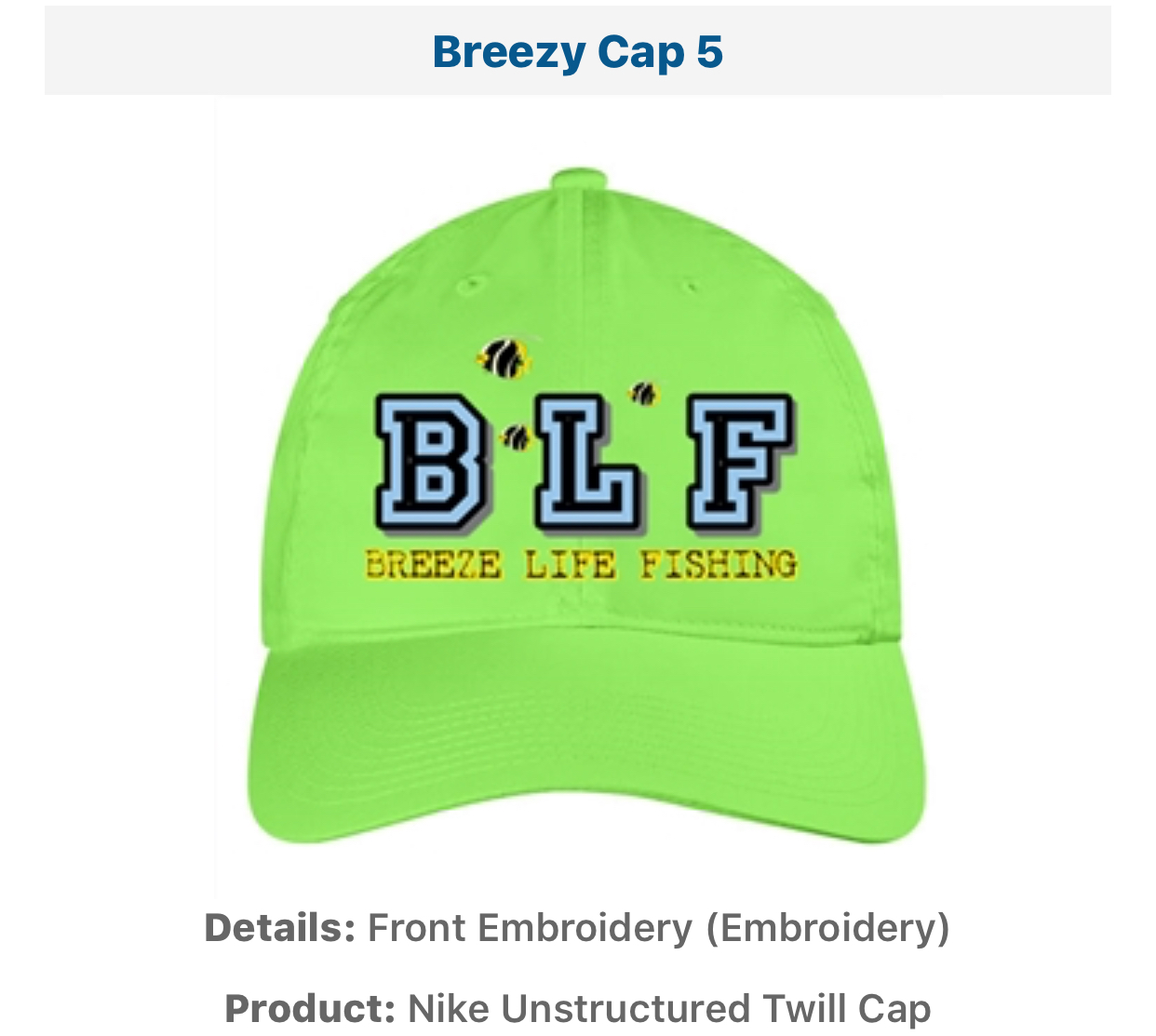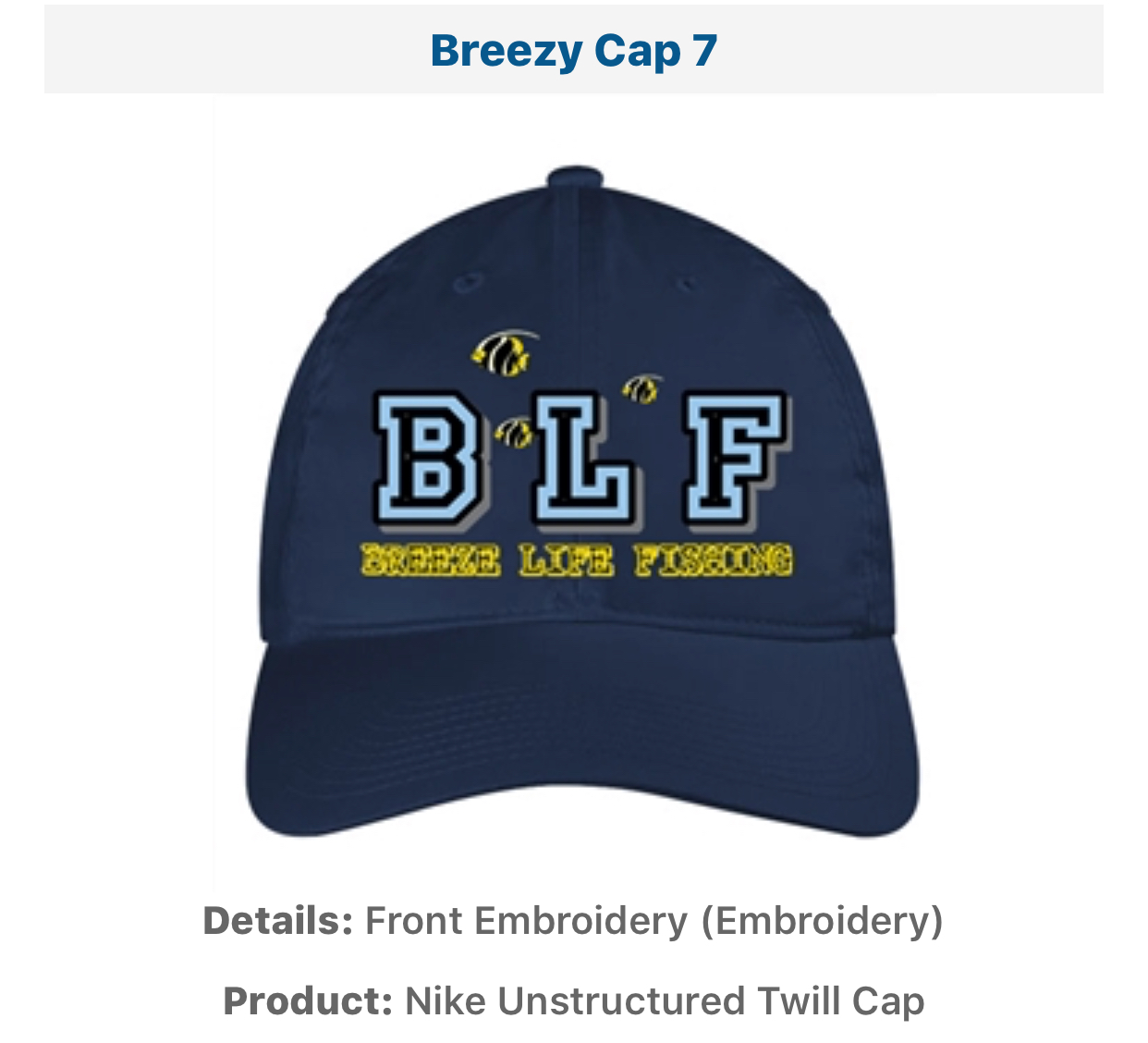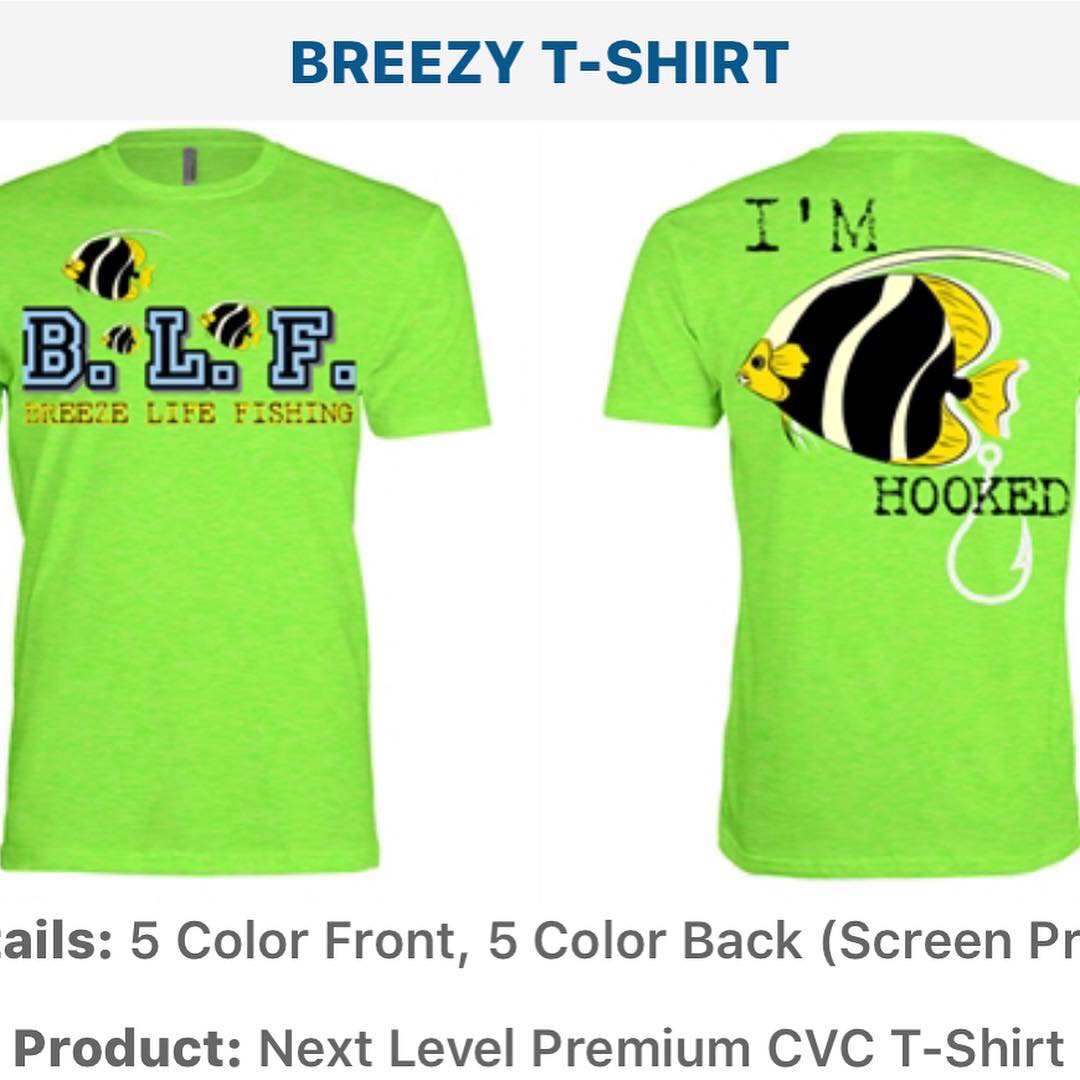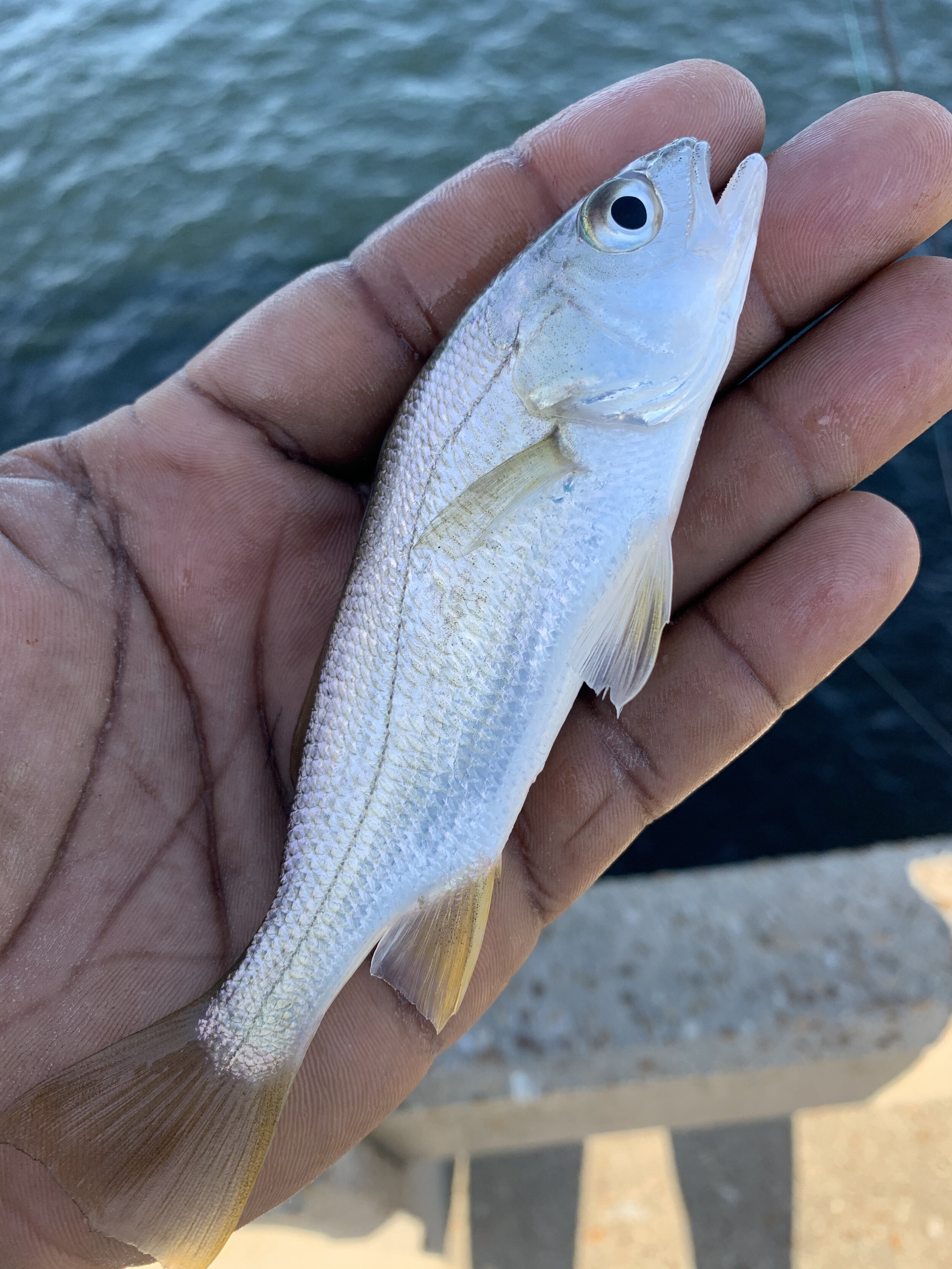Gulf Breeze, FL
This King Mackerel had a bad day. Got shark and attacked by a barracuda that was sitting by my Solo Skiff. Beautiful day to be out on the water.
Mangrove Snapper
DISTINGUISHING CHARACTERISTICS
Mangrove snappers have rows of red-orange spots/stripes along their side. Their dorsal fin is elongated and has prominent rays on the first half of the dorsal, with a rounder, smoother second half. A dark red color outlines their dorsal fin. Juveniles have a dark stripe running diagonally through their eye from their snout to the upper edge of the operculum and are lighter in color than the adults. Mangrove snapper also have large canine teeth which allows them to have a more general diet.
RANGE, HABITAT, BEHAVIOR, AND DIET
The mangrove snapper is typically found from Florida to Brazil and across the Gulf of Mexico. They are marine fish as adults, but juvenile mangrove snappers migrate into estuaries and Florida’s rivers to grow and mature. Mangrove snappers will most likely be seen in springs near the coast, like Homosassa, Chassahowitzka, and Three Sisters (Crystal River/King’s Bay). They can be found in seagrass beds and mangroves, with larger individuals located on offshore reefs and wrecks. Typically, large aggregations are formed, which can decrease the chances of being hooked by a fisherman. Mangrove snapper have a generalist diet that includes shrimp, crabs, and fish due to having larger canine teeth.
FUN FACTS
Mangrove snapper spawn in large aggregations offshore, broadcasting millions of eggs during full moons! They are also the most abundant snapper species in their range, making them an excellent target species for fishing.s
Photo by Prentice B. Pullins
American RED snapper
POPULATION
Below target level in the Gulf of Mexico and fishing rate promotes population growth. Significantly below target population levels in the South Atlantic. Rebuilding plans are in place.
FISHING RATE
At recommended level in the Gulf of Mexico. Reduced to end overfishing in the South Atlantic.
HABITAT IMPACTS
Fishing gear used to harvest red snapper has minimal impacts on habitat.
BY CATCH
Regulations require modified fishing gear to reduce bycatch. Release techniques improve the chance of survival of unintentionally caught fish.
AVAILABILITY
U.S. wild-caught red snapper is available fresh year-round.
SOURCE
U.S. wild-caught from North Carolina to Texas.
TASTE
Red snapper has a sweetly mild but distinctive flavor.
TEXTURE
Red snapper is semi-firm, lean, and moist.
COLOR
The meat is pinkish with yellow tones when raw and turns somewhat lighter when cooked. Red snapper have trademark red skin and red eyes and come from domestic fisheries. To aid in identification, they are usually sold with the skin on.
HEALTH BENEFITS
Red snapper is low in saturated fat and sodium and is a very good source of protein.
Photo by Prentice B. Pullins
King Mackeral
Scientific Name:Scomberomorus Cavalla
Common Names:Kingfish, King
Range & Habitat: King mackerel are found Gulf wide in open nearshore and coastal waters. While these fish as adults are seldom found inshore, they are found as near to shore as clear water can be found. While they are generally considered an open-water fish, in the northern Gulf of Mexico they are very commonly encountered near the perimeters of offshore oil and gas platforms.
Identification & Biology:
Body shape is extremely elongated and strongly compressed laterally. Color distinguishes it from its relatives. It lacks the wavy vertical lines found on the body of the wahoo and the pronounced black spot on the front of the dorsal fin in the Spanish mackerel and the cero. Body color is silvery-gray to iridescent green. Young king mackerel have spots on their sides similar to Spanish mackerel, but can be differentiated from the latter fish by having a sharper bend in the lateral line midways down the side.
King mackerel are considered to be migratory fish, but a resident population of large fish (commonly over 40 pounds) remains year round in the northern Gulf of Mexico, off of Louisiana. King mackerel in the eastern Gulf winter off of Florida and in the summer migrate up the Florida coast to the northern Gulf of Mexico, with some moving as far as Texas. Western Gulf king mackerel move between Louisiana, Texas and Mexico, spending their winter months in the south and summer in the north. Waters off of Louisiana serve as a mixing ground for eastern Gulf, western Gulf and large resident fish. King mackerels can be found alone, but are usually in small groups.
King mackerel are aggressive, hard-hitting predators that specialize in feeding on other fishes. By far the most common fishes eaten are herrings, including menhaden and sardines. These are followed by seatrout, primarily sand and silver seatrout, and then various jacks. Other species are also eaten. Researchers have found that most fish eaten by king mackerel are less than 8 inches long, generally averaging 4-6 inches. Surprisingly, the average size of fish eaten did not increase in larger king mackerel. Non-fish food items make up only a small amount of the diet, with shrimp being the leading category. King mackerel can live to at least 14 years, although most die earlier. Females grow larger than males and spawn in their third or fourth year of life. Spawning takes place in the warmer months.
Size:
Common at 15-50 pounds, with larger fish being more common in the northern Gulf. Fish over 6 feet and 100 pounds have been reported. Food Value:Edible, but the greenish-gray flesh color and strong taste discourages most consumption. King mackerel consistently test highest of all Gulf of Mexico fish for the presence of mercury in their flesh. High levels of mercury in fish consumed over an extended period of time has been linked to birth defects and other illnesses in humans. Because of this, consumption advisories have been issued by every Gulf state for king mackerel.
Photo by Prentice B. Pullins
Barracuda
A barracuda, or cuda for short, is a large, predatory, ray-finned fish known for its fearsome appearance and ferocious behaviour. The barracuda is a saltwater fish of the genus Sphyraena, the only genus in the family Sphyraenidae which was named by Constantine Samuel Rafinesque in 1815. Wikipedia
Mass: Great barracuda: 53 lbs Encyclopedia of Life
Scientific name: Sphyraena
Higher classification: Sphyraenidae
Family: Sphyraenidae; Rafinesque, 1815
Order: Scombriformes
Speed 36 mph: Great barracudas are among some of the fastest fish in the sea. The long and thin body of the barracuda is designed for speed, and their top speed has been estimated at 36 mph (58 kph).
Predators:There are few predators that are large enough and fast enough to feed on adult great barracuda. Sharks, tuna, and goliath grouper have been known to feed on small adult barracuda. Juveniles likely fall prey to a variety of inshore predators.May 12, 2017
Taste: The barracuda is a full-flavored fish like wild tuna with a mildly sweet undertone. It has a stronger, “fishier” taste than whitefish like haddock but it is less intense than anchovies. A barracuda's off-white flesh is firm, dense and meaty with large flakes that have a low-fat content.Aug 7, 2020
Amazing Facts About the Barracuda
The barracuda is a large species of fish found in the warmer, coastal regions of the world’s oceans.
There are more than 20 different species of barracuda that range in size from less than 50cm to nearly 2 meters in length.
Regardless of the species, all barracuda have a similar elongated appearance, with a pointed head and powerful jaws, containing rows of sharp fang-like teeth used for eating larger prey.
The upper part of their body is covered with scales that can be black, brown, grey or blue in color. The belly is always white. Irregular dark spots are located on both sides of the body.
The barracuda’s diet consists of different types of fish: groupers, anchovies, mullets, snappers and sometimes squids and crustaceans.
Shiny objects attract the barracuda’s attention. Because of that, they usually hunt fish with golden or silver scales. Divers might be wise to avoid wearing jewellery in their presence!
Human beings pose the greatest danger to barracudas. In addition to habitat destruction, climate change and pollution, they are also being threatened by ‘sport’ fishing.
Photo by Prentice B. Pullins
American Red Snapper
The northern red snapper is a species of snapper native to the western Atlantic Ocean, the Caribbean Sea, and the Gulf of Mexico, where it inhabits environments associated with reefs. This species is commercially important and is also sought-after as a game fish.
Mass: 28 : (Adult) Encyclopedia of Life
Scientific name: Lutjanus campechanus
Family: Lutjanidae
Order: Perch-like fishes
Higher classification:
Common snappers
Kingdom:
Animalia
World record:
50 lbs. The world record for red snapper, weighing 50 lbs. and 4 oz., was caught in the Gulf of Mexico off the Lousiana coast by Doc Kennedy in 1996, according to the International Game Fish Association.Jun 30, 2014
Size: about 40 inches
Red snapper:
Can grow to about 40 inches, weigh up to 50 pounds and live more than 50 years.
Red snapper
begin to reproduce when they are about two years old, spawning from May to October along rocky ledges or coral reefs. Fertilized eggs float on the surface and hatch within a day.
Taste: What Does Red Snapper Taste Like? Red snapper is moist and delicate, with a mild, slightly sweet taste that goes well with all kinds of additional flavors. It is a very versatile fish and can be cooked in many different ways.Jun 27, 2020
Habitat:
The adult northern red snapper lives offshore on the continental shelf, over deep reefs, banks, and rocky bottoms. Populations residing amongst such three-dimensional structures are usually larger than those in smooth bottom areas.
Photo by Prentice B. Pullins
Red Drum
Scientific Name:
Sciaenops ocellatus
Common Names:
Redfish, Red, Spottail, Channel Bass, Poisson Rouge
Range & Habitat:
Red drum are found Gulfwide, from low-salinity or even freshwater estuaries out to offshore waters at least 50 feet deep. Red drum are not fussy about bottom type, being found on everything from soft mud to hard bottoms of shell hash and oyster reefs. Often, large schools of large red drum will congregate at nearshore artificial reefs and oil and gas platforms in the northern Gulf.
Identification & Biology:
Red drum can be silvery-gray with a copper cast or bright copper colored with an iridescent gray cast. Color depends largely on the water the fish comes from. The belly is typically white. Most fish will have a single ocellated spot located just ahead of the tail fin. Occasionally, more than one spot can be found, and rarely, any spots are present.
Red drum, like many other members of the drum family, spawn in high salinity waters in areas of high tidal current flow, such as areas near barrier island passes. Spawning usually takes place over an 8 or 9 week period from mid-August to mid-October. During this period, male red drum stake out, in large numbers, the prime spawning areas in and near the passes, being ready to spawn virtually every night. There they form large schools at night, called drumming aggregations, because of the drumming sound that they make with their air bladders to attract females. Females, on the other hand, tend to appear at these areas only when immediately ready to spawn, which seems to be once every 2 to 7 days. This means that the large majority of redfish taken during this time by recreational fishermen are males, rather than females. While the 2-month spawning period is less than half that for spotted seatrout, the spawning potential of an individual redfish is truly stupendous. At an average of 1½ million eggs per spawn, and a spawning every 2 to 4 days, the average female can be expected to produce 20-40 million eggs per season.
Photo by Prentice B. Pullins
Spanish Mackeral
Description
The Spanish mackerel has a fusiform body and a pointed snout which is much shorter than the rest of the head. There are two closely spaced dorsal fins. The first dorsal fin has 17 to 19 spines and originates above the pectoral fin base while the second dorsal fin has 17-20 rays. The caudal fin is falciform. Spanish mackerel have no swim bladder and the body is covered with small silvery scales. This mackerel also lacks scales on the pectoral fins except at the bases as does the king mackerel. The lateral line of the Spanish mackerel gradually slopes down toward the caudal peduncle. The Spanish mackerel is iridescent blue-green along the dorsal surface and silver along the sides of the body. There are approximately three rows of large dark elliptical brown and brassy spots along the sides of the body. The number of spots increases with increasing fork length of the mackerel The anterior third of the first dorsal fin is dark in color.
Habitat
Spanish mackerel are epipelagic, residing at depths ranging from 33-115 feet (10-35 m). They are often found in very large schools near the surface of the water. They frequent barrier islands and the passes associated with these islands and are rarely found in low salinity waters. Spanish mackerel larvae occur mostly offshore while juvenile mackerels are found both offshore and in the beach surf. Migrating over large distances close to shore, Spanish mackerel in the Atlantic Ocean follow the coastline northward during the warmer summer months and back in the autumn and winter months to waters off Florida. There are some populations of this fish in the Gulf of Mexico that migrate westwards in the early spring to waters off Texas. This species also migrates along the coast of Mexico southward between August and November and then northward again in March and April.
Diet
The diet of adult Spanish mackerel consists primarily of smaller fish such as herrings, jacks and sardines. This mackerel is also known to feed in lesser quantities on shrimp and cephalopods.
Fishery
Spanish mackerel support very extensive commercial and recreational fisheries in the U.S. because of their high food quality and the fish's fighting ability. Most fishing for this species occurs along the Atlantic coast of the US and in the Gulf of Mexico. Recreational fishermen in Florida are allotted 15 Spanish mackerel per person per day with a minimum size limit of 12 inches (304.8 mm) FL. Spanish mackerel are caught primarily with purse seines and on line gear. It is consumed as fresh, frozen and smoked by humans although the flesh easily becomes rancid in less than three months when frozen. Currently, frozen Spanish mackerel is treated with antioxidants and EDTA (ethylenediaminetetraacetic acid) which is used as a preservative.
Size
Spanish mackerel commonly grow to an average size of 8 - 11 lbs. (4 - 5 kg). The maximum reported length of this species is 35.8 inches (91 cm) fork length (FL). Juvenile Spanish mackerel grow rapidly and then start to slow as they reach age 5 for males and age 6 for females. Size at sexual maturity varies between areas and sex (Table 1). The oldest Spanish mackerel sampled was 11 years for females and 10 years for males.
Range
Spanish mackerel are found in the subtropical and tropical waters off North America and the Caribbean. They are locally found along the Atlantic coast from as far north as Nova Scotia (Canada) and south to Florida along the Gulf of Mexico (US). Florida is considered to be the area with the highest abundance of Spanish mackerel This species is also seen along the north coast of Cuba and throughout the Gulf of Mexico to the Yucatan Peninsula. It is replaced from Belize to Brazil by a similar species referred to as Scomberomorus brasiliensis (Collette, Russo, and Zavalla-Camin, 1978).
Photo by Prentice B. Pullins
Silver sea trout
Common Names:
White Trout, Silver Trout, Sand Trout, Whitey
Range & Habitat:
Silver trout are most common in the northern Gulf of Mexico, but can be found in both southern Florida and southern Texas. They frequent mud and sand bottoms from bays and estuaries out to 100-foot depths offshore.
Identification & Biology:
Many anglers confuse this species with the sand seatrout and lump the two species together as "white trout." The two species are distinctly different, however. The silver seatrout is entirely silver without any of the yellow coloration on the back and fins that the sand seatrout has. The silver seatrout has very small, darker spots arranged in rearward sloping rows or the upper sides. It is presumed to spawn offshore and feed primarily on crustaceans and small fishes.
Size:
Only rarely over 10-14 inches.
Food Value:
Good, but its soft texture makes it difficult both to clean and freeze.
Photo by Prentice B. Pullins
Atlantic Crocker
The Atlantic croaker is a species of marine ray-finned fish belonging to the family Sciaenidae and is closely related to the black drum, the silver perch, the spot croaker, the red drum, the spotted seatrout, and the weakfish. It is commonly found in sounds and estuaries from Massachusetts to the Gulf of Mexico.
The world record for Atlantic croaker is 8 lbs 11 oz. The oldest observed age is 17 years, but it is uncommon to see fish older than 10 years in the catch.
Appearance
Body is silvery-gray or bronze, iridescent on head
Indistinct wavy bars or lines on upper sides
Strongly serrated preopercle (bone on cheek)
Small barbels on lower jaw
Similar Species:
Spot, L. xanthurus (caudal fin is forked and preopercle is smooth)
Size:
Up to 20 inches (4 pounds)
Habitat
Generally found north of Tampa Bay on the west coast and north of Cape Canaveral on the east coast. Young found in estuaries and older fish (2 to 3 years) inhabit deep offshore waters during the winter months and move into bays and estuaries during the spring, summer and fall.
Behavior
Become bronze or yellow in color during spawning. Spawning occurs offshore in fall. Feeds on fishes and invertebrates.
Additional Information
4 lbs 15 oz, caught near St. Lucie
Fishing Tips and Facts:
Longevity is 2 to 4 years
Photo by Prentice B. Pullins











































